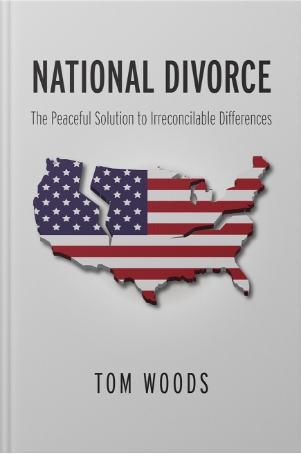From an interview with Professor Jeffrey Herbener:
AEN: You’ve done some interesting work on that great diversion, the Phillips Curve.
HERBENER: A professor of mine used to say that the Phillips Curve is a fact in search of a theory. But he had it backwards. It never was a fact. The theory was that there was a trade-off between unemployment and inflation. But if you go back to the original article by Phillips, he never demonstrates that such a thing exists in the real world. He manipulated and maneuvered the data around to make it look as if there was one. Once his errors are swept away, and the data broken down, the Phillips Curve vanishes as any kind of long-run pattern. It didn’t take stagflation to teach us that. It was always untrue.
This raises a much more interesting question. How did the idea ever come to dominate the macroeconomic literature in the first place? Here’s my theory. Recall that Keynesian theory suggests there are no downsides to manipulating aggregate demand through fiscal and monetary policy. If you created full employment, it would stay there and we’d all live happily ever after. It seems paradoxical, then, that Keynesians would embrace a theory that suggests that creating full employment risks generating inflation. Keynes never said that, but people like Paul Samuelson did.
AEN: So the Phillips Curve gave them an out.
HERBENER: Exactly. It became fairly well recognized, even in the 1950s, that there could be such things as inflationary recessions. That put orthodox Keynesians in big trouble. In order to cover themselves, Samuelson and Solow adopted the Phillips Curve as a model. It served as the means to save themselves from the realization that Keynesianism was fundamentally flawed.
When inflation and unemployment increase, they don’t have to throw in the towel on Keynesian theory; they merely claim that the Phillips Curve has shifted outwards. They are saved–until of course the outward and inward shifts of the whole curve dominate movement along the curve. That means the supposed trade-off itself has disappeared. That’s exactly what happened. Many people see that the curve is now discredited. But in fact, it never did stand up. It was an escape hatch built by Keynesians that no longer allows them an escape.
AEN: Yet it continues to be the main lens through which most business reporters and even Federal Reserve officials view the world.
HERBENER: Just the other day, I read a piece by an economist at the American Enterprise Institute who was amazed at the mysterious fact that our economy has sustained high levels of growth while still not triggering inflation. This idea that growth “triggers” inflation is sheer Phillips-style analysis. It’s hard to believe educated people still talk that way.
On the other hand, it has a superficial plausibility. It’s true that if you pump money into the economy to create a boom, that can cause the unemployment rate to fall. The downside is that the new money–not the employment or growth as such–also risks creating inflation.
So here is an opening for Austrians. This phenomenon does have an explanation within the context of the Austrian business cycle theory. What’s occurring is not a mechanistic trade-off, but a credit-created boom in the capital goods sector followed by its inevitable consequences. Inflation expectations don’t kick in immediately, and neither is there a statistically predictable lag, as the Chicago School once claimed. Austrians can explain both the Phillips-type phenomenon, to the extent it appears, as well as its breakdown.
Read Prof. Herbener’s chapter on the Phillips Curve in Dissent on Keynes, available online.







